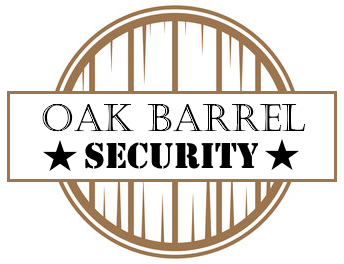What this actually is and why you should care
Pour yourself a dram of something smoky, because the latest security circus has an equally loud sponsor and prize money to match. Zeroday Cloud, a hacking contest focused on open-source cloud and AI tools, is dangling a total prize pool of 4.5 million dollars in bug bounties. Wiz is ponied up as the host, with Microsoft, Google and AWS in tow like flavor-of-the-month vendors who somehow forgot we’ve been down this road before. The headline sounds shiny and heroic, but if you’ve been paying attention, you know the real story: more money means more people hunting for edge cases, not fewer ways to break the system you were supposed to harden last quarter.
In practice, this is a public invitation to weaponize the murkier corners of cloud tooling and AI, wrapped in a marketing banner that makes your security team look like the folks who pull livers out of the boiler for flavor. The prize money isn’t a patch for misconfigurations, supply chain gaps, or insecure defaults; it’s a validation that there will always be someone who can game the system if there’s a check big enough to cash. And yes, it will attract researchers who can write clever exploits faster than you can say “change management.”
What it means for defenders and the CISO with the whiskey curse
Here’s the harsh truth you’ll pretend to ignore during the next executive meeting: more exploits in the wild isn’t a victory lap for your team, it’s a stress test for your controls. A $4.5M bounty program creates incentive to discover new bugs in open-source cloud tooling and AI components, which means more vulnerability chatter, more CVEs, and more pressure on incident response. If you’re a CISO thinking this will suddenly make your cloud secure, wake up and pour another shot of reality—the problem isn’t just the bugs, it’s the patch cadence, the misconfigurations you gloss over, and the third-party risk you pretend is someone else’s job.
Vendors will ride this like a fresh coat of lipstick on a pig—advertising “security through bug bounties” while sidestepping deeper architectural issues. And you, the reader with a fully stacked alert fatigue, will be asked to triage a flood of issues that look like breakthroughs but smell like “yet another dependency.” If you’ve ignored 10 warnings already, this is just another glossy hook to hang your fatigue on.
Practical takeaways you can actually use
First, don’t mistake prize money for a substitute for secure-by-default design. Demand elasticity in your cloud configurations, enforce strict access controls, and push for better supply chain transparency. Treat bug bounty programs as a supplement, not a replacement for robust patching, configuration best practices, and monitoring. Second, use this as a reminder to harden your perimeter and data flows, not just your code. Finally, when vendors tout “community-driven security” remember that you still own risk management in production, not the payoff of a prize.
Read the original coverage if you want the glossy version, but set your expectations to reality and keep your distillery handy. Read more at the original article here: Zeroday Cloud hacking contest offers 4.5 million in bounties.

